To celebrate Thanksgiving in the laziest way possible, I thought I would mention some ongoing comics that debuted (if only in print and in English) in 2010 so far for which I am grateful. And there’s still more than a month left.
And here are some stand-alone works that made the year sparkle.
The manga industry may be correcting itself, but we’re still getting great books, don’t you think? The images above are all linked to commentary of varying lengths. And added thanks to everyone who makes the comics blogosphere and twitterverse such a delightful place to visit.
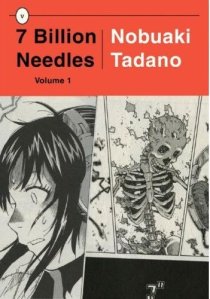




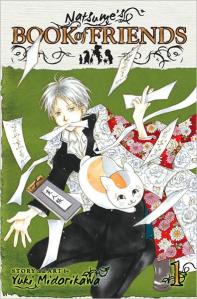






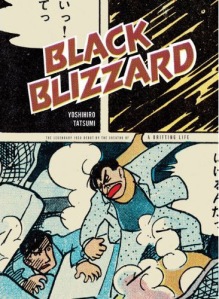
















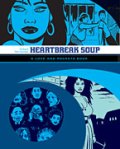

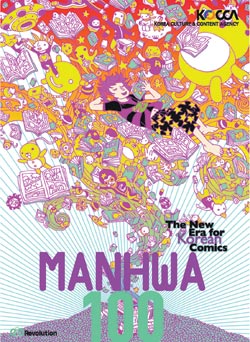 As a reviewer, I’ve found Manga: The Complete Guide (Del Rey), Dreamland Japan: Writings on Modern Manga (Stonebridge Press), and Manga: 60 Years of Japanese Comics (Laurence King Publishing) indispensable references, whether I’m searching for information about a series’ publication history or looking for insight into a particular artist’s style. I hoped that Manhwa 100: The New Era for Korean Comics would provide a similar perspective on the Korean comics industry. Unfortunately, Manhwa 100 turned out to be an ambitious but poorly executed attempt to highlight the medium’s most popular, influential series.
As a reviewer, I’ve found Manga: The Complete Guide (Del Rey), Dreamland Japan: Writings on Modern Manga (Stonebridge Press), and Manga: 60 Years of Japanese Comics (Laurence King Publishing) indispensable references, whether I’m searching for information about a series’ publication history or looking for insight into a particular artist’s style. I hoped that Manhwa 100: The New Era for Korean Comics would provide a similar perspective on the Korean comics industry. Unfortunately, Manhwa 100 turned out to be an ambitious but poorly executed attempt to highlight the medium’s most popular, influential series.
Upcoming 7/14/2010
It’s a momentous, manga-influenced week for the ComicList! Let’s take a look.
I can’t do any better than Oni in describing the sixth and final volume of Bryan Lee O’Malley’s wonderful Scott Pilgrim Series, Scott Pilgrim’s Finest Hour:
O’Malley could be said to embody one version of the dream of creators who list manga among their influences. He’s got a hugely successful series, critically and commercially, with a major movie adaptation about to hit theatres. Another enviable outcome went to Felipe Smith, who first saw print as one of Tokyopop’s Original English Language manga creators with MBQ. He then went on to secure a spot in Kodansha’s Morning Two line-up with Peepo Choo. The three-volume series is now being released in English by Vertical, and the first volume arrives in comic shops tomorrow.
I read a review copy from the publisher, and I wish I liked the book’s narrative as much as I like the story behind the comic. It falls into the category of comics that aren’t really for me. It’s about a young American otaku who wins a dream trip to Japan. The kid has romanticized Japan beyond all proportion, picturing it as an Eden of manga- and anime-loving cosplayers who can all get along by virtue of their shared love for a particular character. Little does the kid know that he’s going to be mixed up with vicious gangsters, assassins, brutal teen starlets, and the far-less-idyllic reality of indigenous otaku.
Smith shows terrific energy as a creator, and I appreciate his satirical intent, but Peepo Choo is a little coarse for my tastes. I know that’s weird to say, given how much I love Detroit Metal City and Little Fluffy Gigolo Pelu, but Peepo Choo doesn’t quite have the precision with which those books use their gross-out material. The vulgarity doesn’t say as much as it could, and the satire is a little too broad to be as effective as I’d like. Still, this book should have no trouble finding an audience of comic fans who like to see their hobby tweaked and their fandoms punked, and it’s amazing that Smith has been published in a highly regarded manga magazine by a major Japanese publisher.